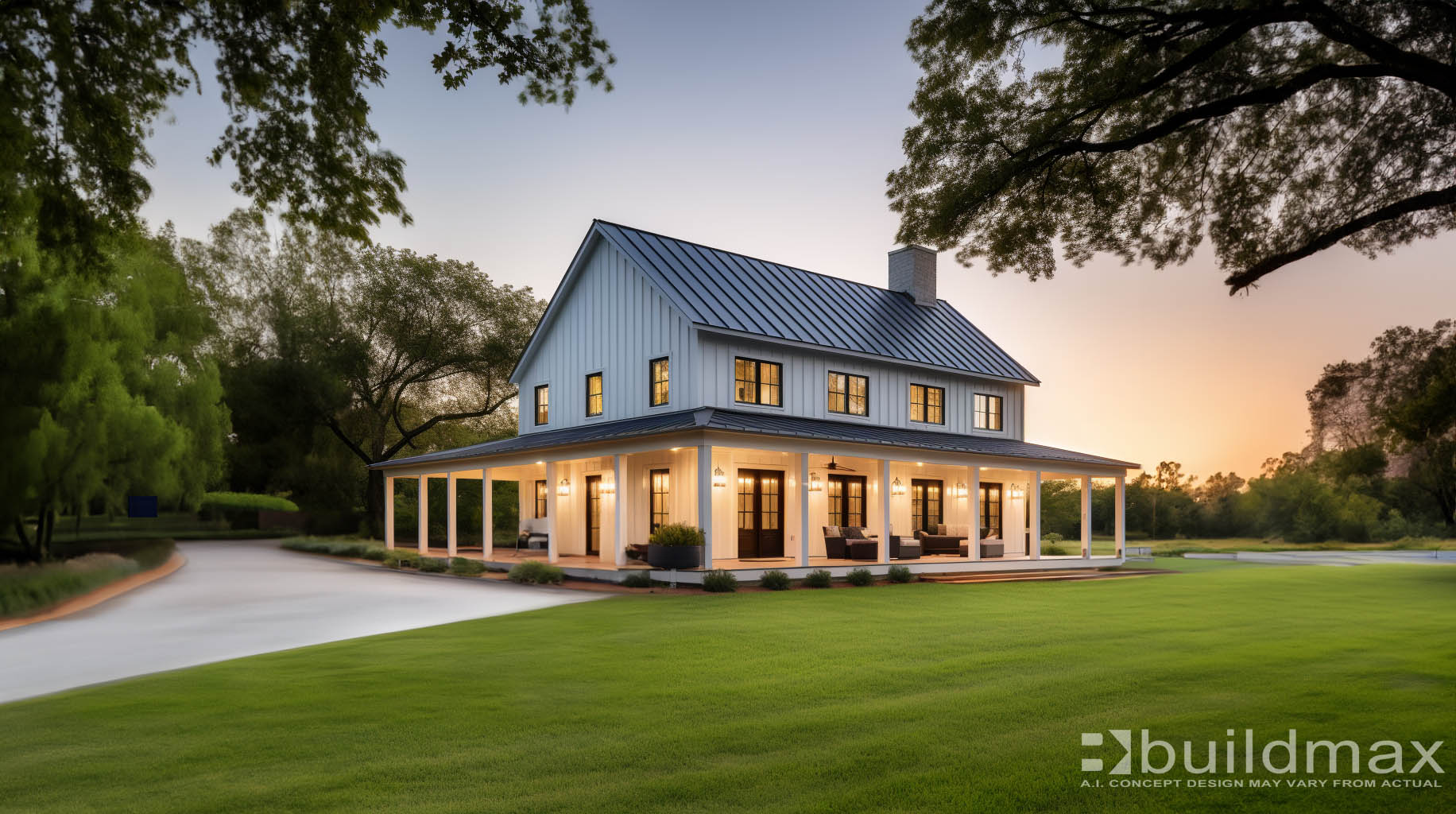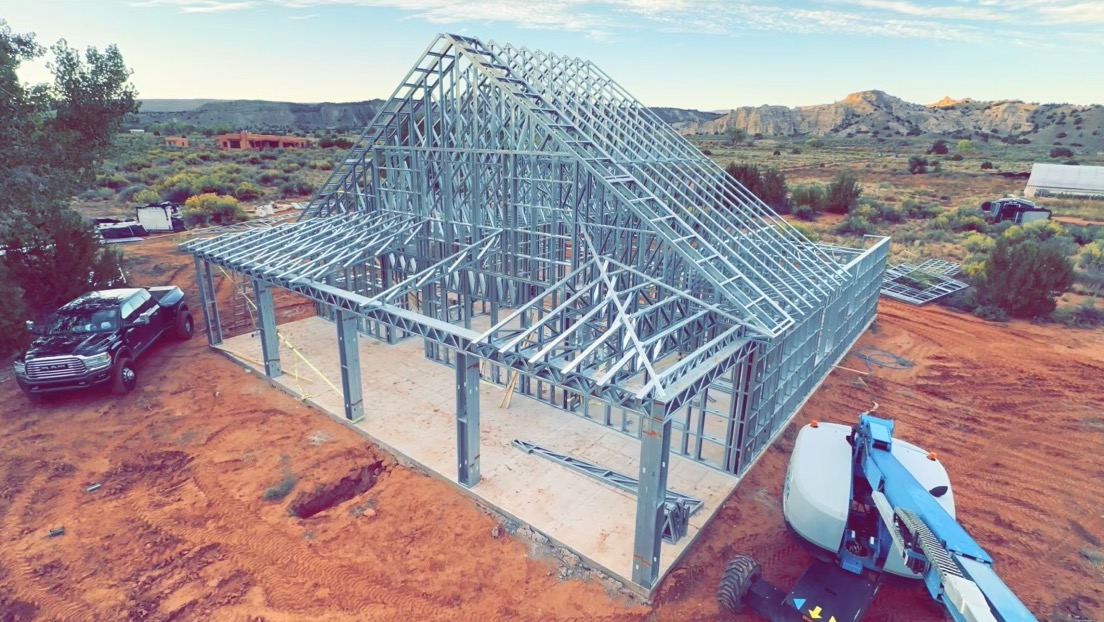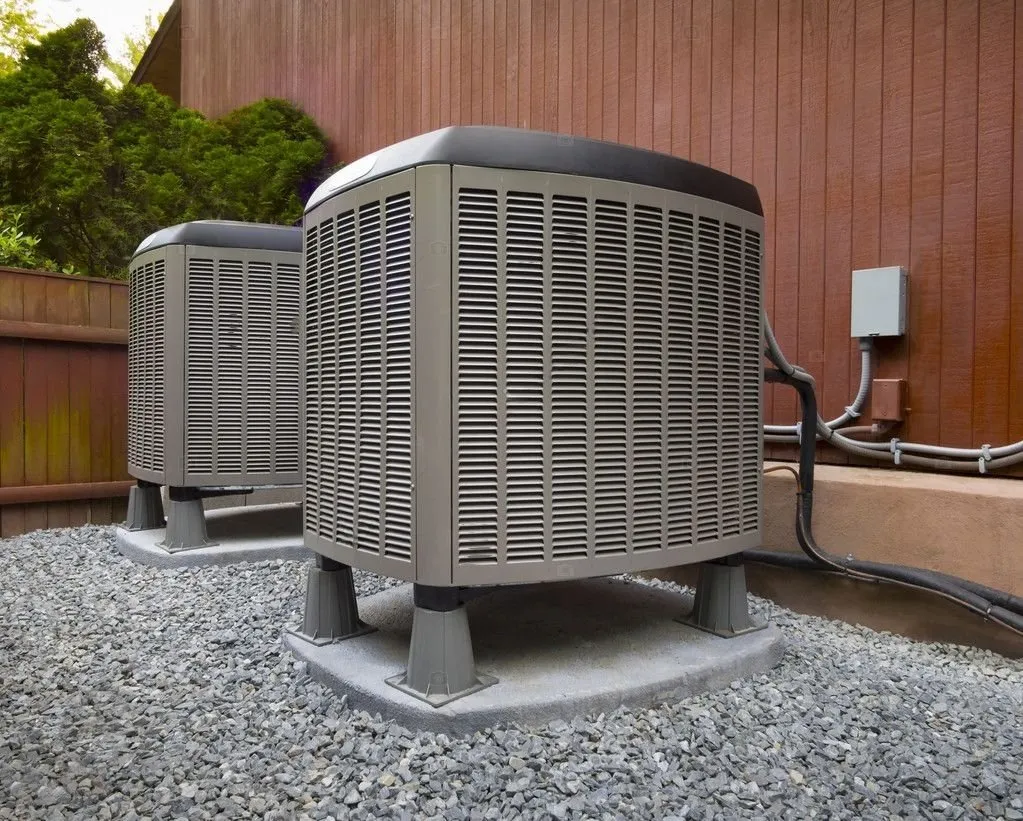Can a Barndominium be a Passive House? Exploring Passive Design for Barndominiums
Barndominiums have gained popularity as a versatile, cost-effective, and energy-efficient housing option. But can a barndominium, known for its spacious layout and barn-like exterior, be designed as a **passive house**? The answer is yes—with the right design and construction approach, a barndominium can meet the stringent criteria of passive house standards, resulting in a home that is not only sustainable but also incredibly energy efficient.
In this article, we will explore the concept of passive house design, how it can be applied to a barndominium, and the benefits of merging these two innovative housing trends.
What is a Passive Design Home?
A **passive house** (or **passivhaus**) is a design standard focused on creating homes that use very little energy for heating and cooling. The goal is to minimize the energy footprint of a home while maintaining optimal indoor comfort. A passive house uses a combination of advanced insulation, airtight construction, and energy-efficient technologies to reduce reliance on traditional heating and cooling systems.
Key features of a passive house include:
1. **High Insulation**: A passive house has thick, high-performance insulation in the walls, roof, and foundation to reduce heat transfer and maintain indoor temperatures without significant energy input.
2. **Airtight Construction**: Passive homes are built to be extremely airtight, minimizing the amount of outside air that enters the home and inside air that escapes. This helps maintain a consistent indoor temperature and prevents energy loss.
3. **Thermal Bridge-Free Design**: Passive homes eliminate “thermal bridges,” which are areas where heat can easily escape, such as around windows, doors, and structural elements. This ensures that the home retains heat in the winter and stays cool in the summer.
4. **Energy-Efficient Windows and Doors**: Windows and doors in a passive house are typically triple-glazed and positioned strategically to maximize solar gain in the winter and minimize heat entry in the summer.
5. **Mechanical Ventilation with Heat Recovery**: Passive homes use a mechanical ventilation system that ensures fresh air enters the home without losing the heat (or coolness) of the indoor air. Heat recovery systems help maintain consistent temperatures year-round.
6. **Orientation and Solar Gain**: Passive houses are often designed to take advantage of natural sunlight. The home’s orientation, window placement, and shading elements are strategically planned to optimize solar heat gain during the winter while minimizing overheating in the summer.
Can a Barndominium Be a Passive House?
Yes, a barndominium can be designed as a passive house, but it requires careful planning, the right materials, and a focus on energy efficiency. While barndominiums typically have large, open spaces and often feature metal exteriors, they can be modified to meet passive house standards with the following adjustments:
1. **Enhanced Insulation**
Steel-frame barndominiums, which are common, often require additional insulation to meet passive house standards. While steel itself is durable, it’s also a thermal conductor, meaning heat can escape if proper insulation isn’t installed. Passive house barndominiums need high-quality insulation in the walls, floors, and ceilings to minimize heat transfer and maintain energy efficiency.
Some passive design techniques for a barndominium could include using spray foam insulation or rigid foam board in the walls, and a well-insulated concrete slab foundation. Additionally, the roof can be insulated to prevent heat gain during the summer and heat loss during the winter.
2. **Airtight Building Envelope**
Airtightness is crucial for any passive home, including a barndominium. The joints between the steel frame, windows, doors, and other structural elements need to be sealed to prevent air leakage. This can be achieved through the use of airtight membranes and seals, particularly around doors and windows, which are common weak spots in terms of energy efficiency.
For barndominiums, the open-plan design typical of these homes can also be an advantage when building to passive house standards because it allows for simplified airflow and temperature control.
3. **Energy-Efficient Windows and Doors**
Large windows are a popular feature in barndominiums, especially if they offer scenic views. To meet passive house standards, these windows should be triple-glazed and fitted in such a way that they avoid thermal bridging. High-performance doors are also essential to prevent drafts and ensure the airtightness of the home.
4. **Mechanical Ventilation with Heat Recovery (MVHR)**
In a passive barndominium, mechanical ventilation with heat recovery (MVHR) is essential to ensure fresh air circulation without energy loss. MVHR systems exchange stale indoor air for fresh outdoor air, while transferring heat between the two, meaning the home can stay warm in winter and cool in summer without relying heavily on external heating or air conditioning systems.
5. **Orientation and Window Placement**
The design of a passive barndominium would include careful consideration of the home’s orientation to maximize solar energy in winter and reduce unwanted heat in summer. For example, large windows could be placed on the southern side to take advantage of the sun’s warmth in cold months, with shading elements like awnings or overhangs to prevent overheating during warmer months.
Benefits of a Passive Barndominium
– **Reduced Energy Consumption**: By implementing passive house principles, a barndominium can achieve drastically lower energy consumption, often reducing heating and cooling energy needs by up to 90% compared to traditional homes.
– **Comfortable Living Environment**: Passive barndominiums provide a stable indoor environment with consistent temperatures throughout the year, fewer drafts, and better air quality due to the ventilation system.
– **Long-Term Savings**: Although passive homes can require a larger upfront investment due to the need for specialized materials and design, the energy savings over time result in lower utility bills and a reduced environmental footprint.
– **Durability**: Steel-framed barndominiums are already known for their durability, and combining this with the passive house design ensures a home that is both structurally sound and energy-efficient, potentially increasing the home’s longevity and value.
Conclusion

A barndominium can indeed be a passive house, as long as the design integrates key passive building elements like superior insulation, airtight construction, energy-efficient windows, and mechanical ventilation systems. While barndominiums are often valued for their versatility and open-plan living, with thoughtful design adjustments, they can meet passive house standards, making them both environmentally sustainable and incredibly cost-efficient in the long run.
For homeowners looking to build an energy-efficient, comfortable, and eco-friendly home, a passive barndominium could be the ideal solution—combining the practicality and flexibility of a barndominium with the energy-saving benefits of passive house design.

















